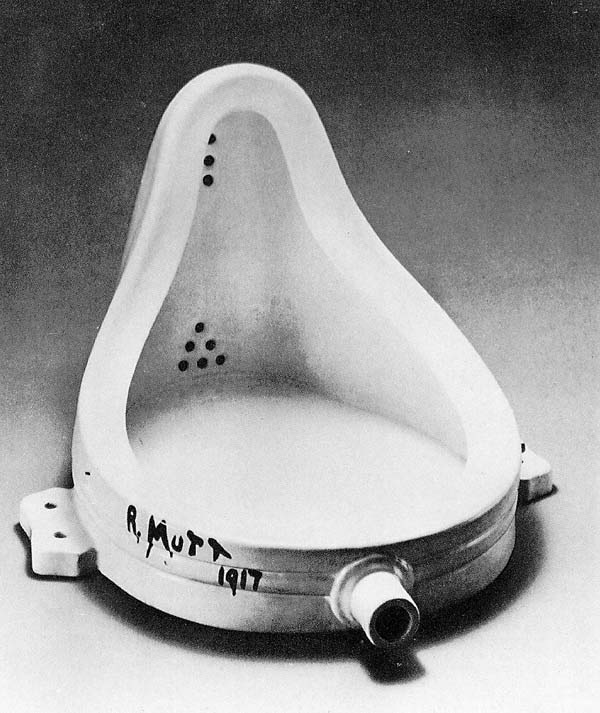thegman
Veteran
something is not worth "what someone is willing to pay for it".
a demand curve is a schedule of people's reservation prices. if you apply such simply logic to it each subsequent copy of the item is worth less than the first.
Although that basically is true, most things do go down in price, the more that are made. The Leica M9 sells at greater than RRP when it first appears, just because people want them so badly. And like you say, as those people are satisfied, the price goes down to the price the rest are willing to pay. Is that not the case with pretty much any non-consumable?
It sounds over simplified, but how else can a worth be decided, other than what a particular customer is willing to pay? It varies from person to person of course, some will pay over the odds to get an iPad the day it comes out, personally, I wouldn't give you £50 for one, simply because I have no interest in them.


